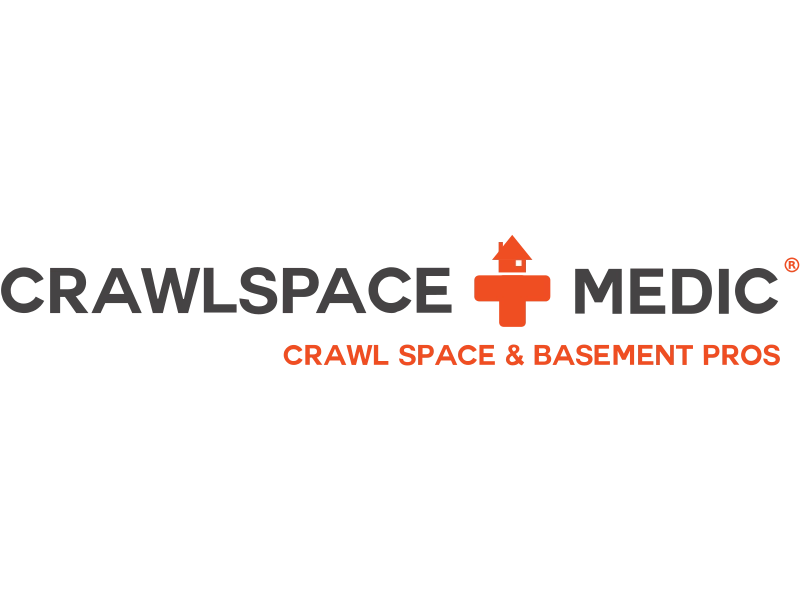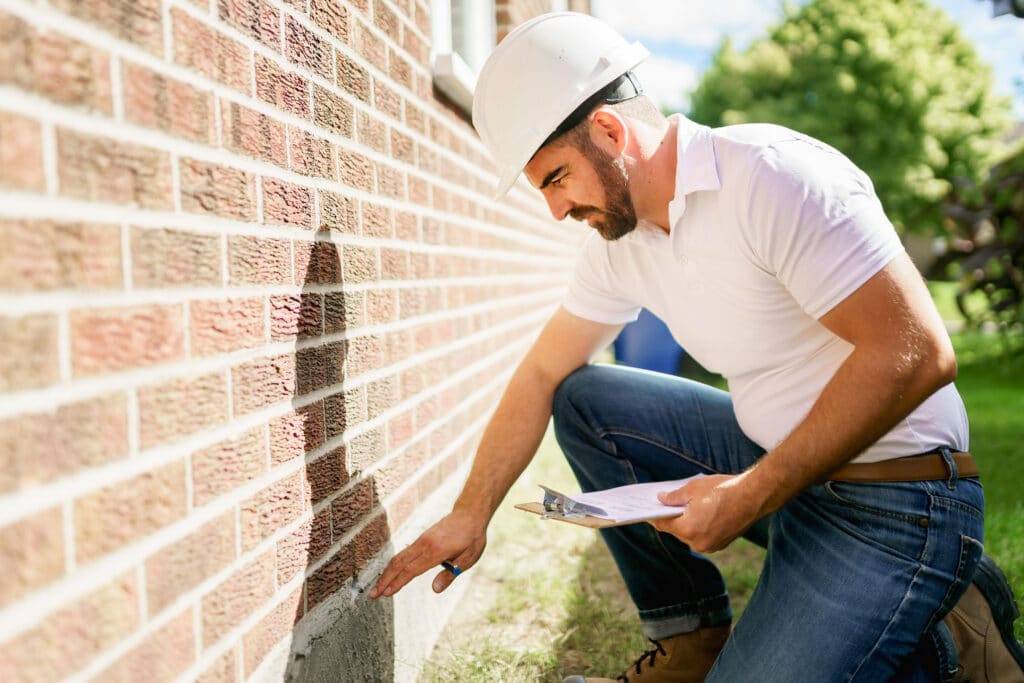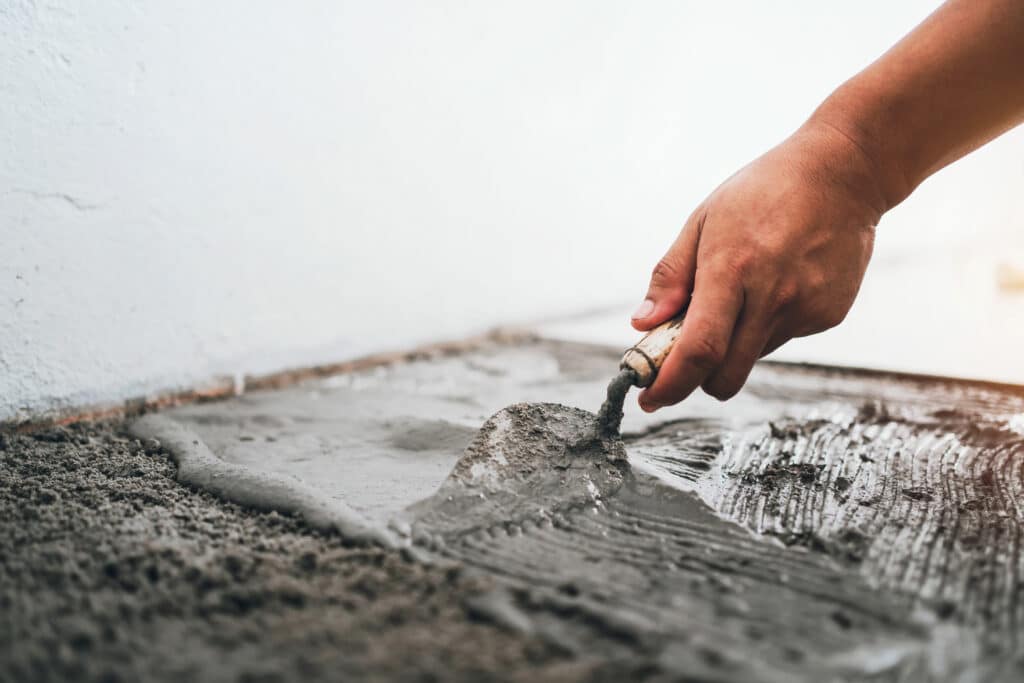Common Causes of Foundation Problems in Richmond
A home in Richmond might experience foundation issues for multiple reasons. Some are specific to the local environment, while others are widespread nationwide. They include:
- Standing water: Water accumulation around your home can be a menace to your foundation, especially when it gathers in areas your gutters don't protect.
- Soil composition: Soil with large clay or sand concentrations is highly expansive. In the heavy rainfall Richmond experiences, the soil absorbs moisture like a sponge, then releases it in dry seasons. The constant expansion and contraction presses against nearby foundations, even if the foundations keep dry.
- Aging plumbing: The average Richmond home construction year is 1971. If you live in an older home, it's likely to have cast-iron plumbing. When the pipes start to erode, leakage could reach your foundation and even pool beneath it.
- Improper modifications: Roofing or landscaping work that wasn't completed to standard could lead to your foundation settling.
How to Choose the Best Foundation Repair Company
Your home's stability weighs heavily on its foundation. It's vital to choose the most qualified crew possible. Center your research on these attributes:
Licensing and Experience
The Virginia Department of Professional and Occupational Regulation issues licenses to foundation repair companies. The license a company has determines what work it can do and what size projects it can handle. To further understand your contractor's experience, we recommend asking questions about what local codes apply to your project, how its team will draft plans and pull permits, and how the company inspects foundations.
Another way to gauge a company's credibility is to look at its website. There, you can learn how long it's been in business and its trade accreditations. It might also share insights and knowledge through blog posts, podcasts, or videos.
Customer Reviews
When you're researching a company's credibility, check out its Better Business Bureau (BBB) profile. There, you can find its "letter grade" rating and a list of customer reviews, both positive experiences and complaints. Complaints aren't necessarily a red flag in themselves. Instead, discover how a company manages them. If the management team consistently and proactively resolves issues, it's a good sign. However, if the company lacks accreditation, shows more negative reviews than positive ones, and doesn't communicate properly, you should avoid working with it.
Finally, we recommend you search other platforms, like Trustpilot and Google, for other reviews.
Foundation Repair Cost in Richmond
The cost of foundation repair can vary substantially based on the extent of the problems and what needs to be done to fix them. For minor foundation fracturing and settling concerns, you may pay as little as $1,800. However, if there is quite substantial damage, the typical cost will be around $3,000. More intricate jobs involving digging, helical piers, or extensive concrete leveling could run you $6,900. See below the average foundation repair costs for common issues.
| Common Foundation Repair Services | Average Cost |
|---|---|
| Crack Repair | $358 |
| Leak Repair | $2,889 |
| Stabilization | $5,014 |
| Underpinning | $1,371 |
| Waterproofing | $3,193 |
Ready to Get a Quote on Your Foundation Repair Project?
Please enter a valid 5-digit zip code!
Frequently Asked Questions About Foundation Repair in Richmond
What will I pay to repair my foundation in Richmond?
When do I need to waterproof my foundation?
- Mold and mildew
- Plumbing leaks
- Flooding
- Discoloration or odors
- Uneven floors
- Hairline cracks
Are there telltale signs I should avoid a particular foundation company?
Do I need to leave my home for foundation repair work?
That said, foundation repair crews operate heavy machinery, and you'll occasionally experience loud noises or vibrations. If either of these will disturb you, you might prefer to leave and return when the crew is finished.
To share feedback or ask a question about this article, send a note to our Reviews Team at reviewsteam@thisoldhousereviews.com.
More Foundation Resources
National Foundation Repair Ranking Methodology
Sources
U.S. Census Bureau (American Communities Survey)
















